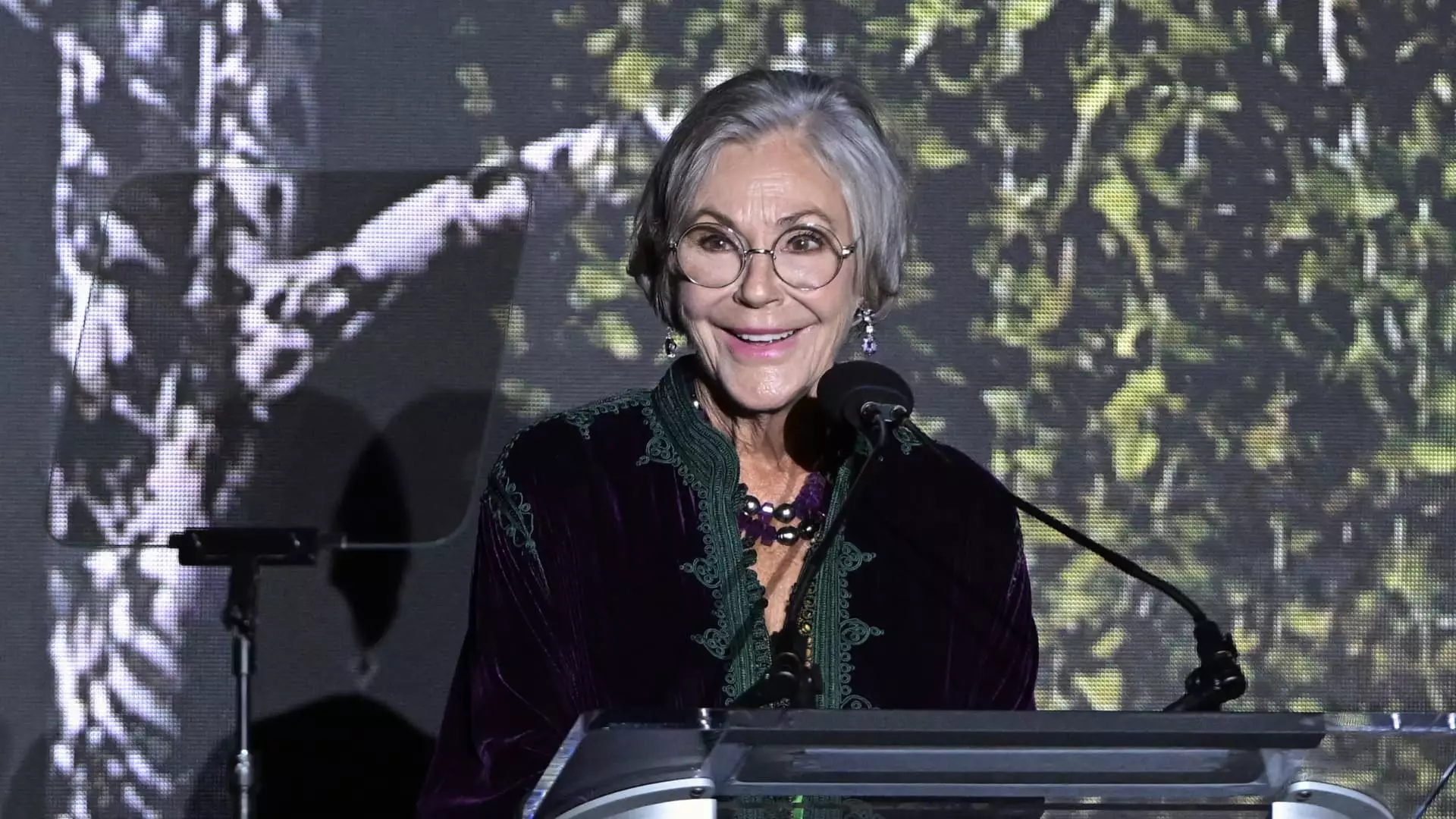In recent years, the composition of wealth distribution has undergone a significant transformation, especially regarding the participation of women. The Altrata Billionaire Census reveals that women now constitute approximately 13% of the world’s billionaires, a notable figure with 431 women among a total of 3,323 billionaires. This growth reflects broader societal changes, including an increase in female entrepreneurship, progressively shifting cultural paradigms, and a rise in intergenerational wealth transfers that have contributed to the formation of a more inclusive billionaire demographic.
Despite their relatively low percentage within this elite group, the rise of female billionaires marks a crucial shift in wealth dynamics and is poised to drive changes in investment patterns, philanthropic initiatives, and broader societal engagement.
One of the most compelling aspects of the wealth accumulation trends among female billionaires is the predominance of inherited wealth. Around 75% of women billionaires owe their fortunes to inheritance, with a striking 38% inheriting their total wealth. Notable names such as Alice Walton, Julia Flesher Koch, and Françoise Bettencourt Meyers epitomize this trend. In contrast, inheritance plays a diminutive role in male billionaire wealth, with only 5% acquiring their fortunes through inheritance. This difference suggests that the pathways to wealth are distinctively gendered, influencing how wealth is viewed and utilized.
The anticipated “Great Wealth Transfer,” expected to see women inherit an astonishing $30 trillion in the ensuing decade, is likely to further amplify this trend. This incoming wealth presents opportunities not only for individual financial empowerment but also for fostering philanthropic values rooted in social responsibility.
The Distinctive Philanthropic Approach of Women Billionaires
The manner in which female billionaires engage with philanthropy is markedly different from their male counterparts. The Altrata report notes that women are more inclined to dedicate their professional time to nonprofit organizations, demonstrating a commitment to social causes. In fact, nearly 20% of female billionaires invest significant time in charitable contributions, compared to only 5% of men. This inclination stems partly from their tendency to focus on social issues over commercial interests, thereby facilitating a strong foundation for philanthropic endeavors.
Moreover, this philanthropic approach often connects to their inherited wealth, as many such women tend to engage with social justice issues early on, valuing the impact of giving back to communities and addressing systemic societal challenges.
Wealth Distribution: A Comparative Analysis
When it comes to asset allocation, the financial portfolios of billionaire women diverge significantly from those of their male peers. Women billionaires are more likely to hold substantial private holdings and liquid assets, with 35% of their portfolios composed of private holdings compared to 28% for men. Furthermore, female billionaires maintain a higher level of cash reserves—39% versus 30% for male billionaires.
Conversely, male billionaires usually have a significant portion of their wealth invested in stocks, particularly given the increase in tech-centric wealth from public companies with massive valuations. This disparity underscores not only differing investment strategies but also highlights the unique financial ecosystems that each gender engages with.
Beyond investment choices, preferences for lifestyle and leisure activities reveal further distinctions between male and female billionaires. Women are more inclined to savor luxurious real estate and art, owning properties valued over $10 million at a rate 1.5 times higher than that of men. In contrast, men display a predilection for high-end “toys” such as yachts, private jets, and exotic cars, often owning vehicles priced over $1 million at a significantly higher rate than women.
The hobbies of billionaire women heavily reflect their philanthropic inclinations, with 71% naming philanthropy as their primary interest. In comparison, men predominantly gravitate towards sports and other leisure activities like aviation and politics, indicating a fundamental cultural divide in leisure pursuits.
As the wealth landscape continues to evolve, the emerging presence of female billionaires reflects broader societal shifts toward inclusivity and a more conscientious approach to wealth management. Their emphasis on philanthropy, combined with distinct financial sensibilities, marks a potential turning point in how wealth is realized and utilized. This new epoch invites opportunities for sustained impact, challenging traditional narratives of wealth while cultivating a profound commitment to social responsibility and community engagement. As they continue to rise, the trailblazing women of this elite class hold the potential to redefine the fabric of wealth and philanthropy for generations to come.

